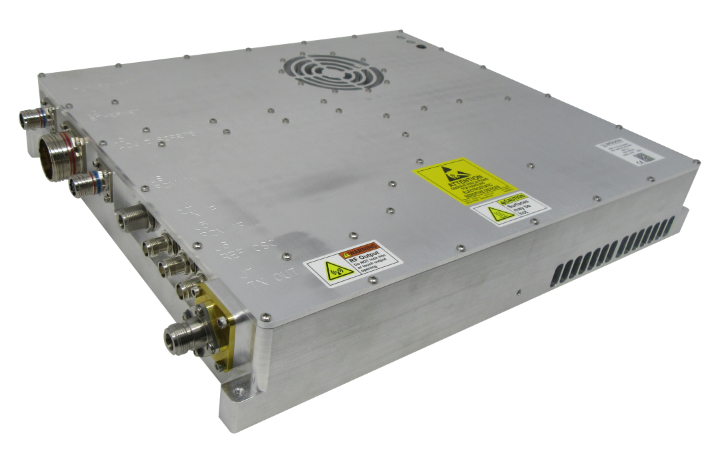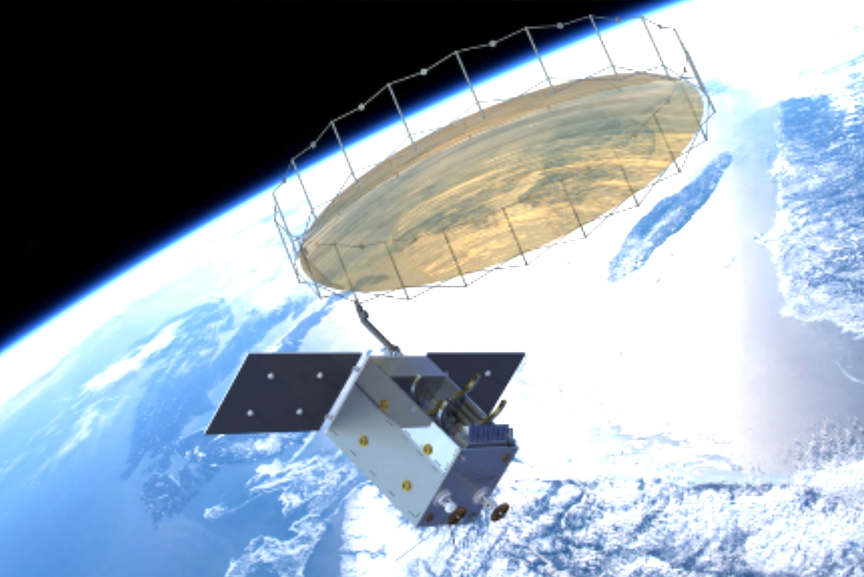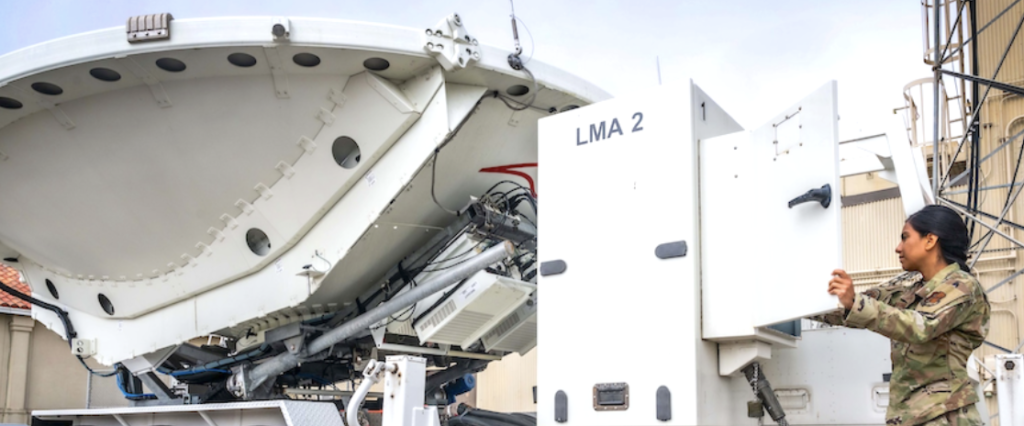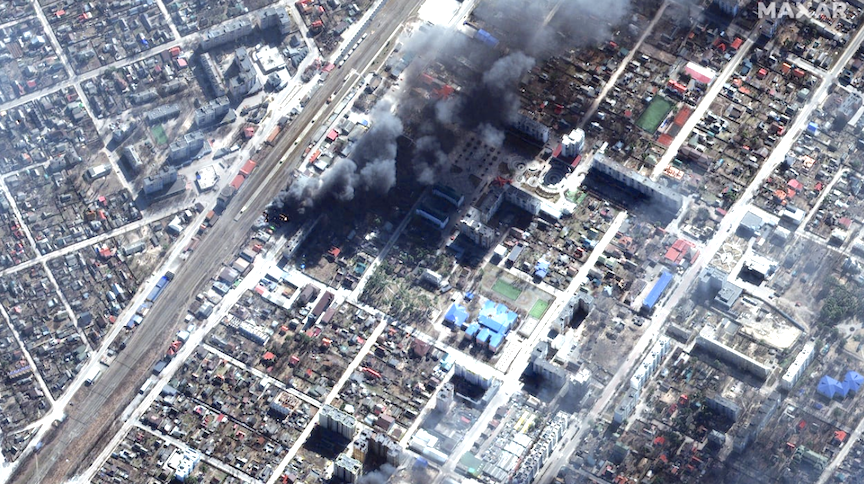
Mission Microwave has confirmed the company’s success in securing contracts for Ku-band, High Power Transceivers (HPTs) and Block Upconverters (BUCs) for In-Flight Connectivity (IFC) with more than eight million dollars of recent orders.

Mission Microwave’s engineers and product managers have worked closely with customers in designing, certifying and manufacturing products that are DO-160 compliant and can be used for commercial aviation applications. Recent industry announcements by major airlines and global service providers are based on the Mission Microwave products and represent a strong initial showing for Mission in this market.
Mission Microwave is providing Ku-band HPTs to replace lower power HPTs that are approaching end of life or being installed in new installations. Mission Microwave’s industry leading competency in designing compact and highly efficient amplifiers has enabled their customers to offer an upgrade path that will extend the life and improve the utility of their IFC offerings.
Mission Microwave President and CEO, Francis Auricchio, said, “Our technology and operations team have worked for several years to earn the certifications required to manufacture products for commercial aviation. Our aviation industry customers were able to take advantage of Mission Microwave’s highly efficient and reliable designs to improve their product and service offers to their customers. We expect the aviation sector of our business to continue to grow substantially now that our customer base includes the largest global IFC providers”.
Mission Microwave Technologies continues to be at the forefront of the satellite terminal industry in shipping high power X-, Ku- and Ka-band BUCs from 8 to 800 watts for critical applications in ground, maritime and aerospace applications. Mission’s customers support government and commercial industry sectors that require high efficiency, reliability and performance. Mission brings revolutionary design for RF (Radio Frequency) and microwave electronics, using the latest in semiconductor technology. Mission’s focus is to minimize the size, weight, and power (SWaP) for these critical applications while providing its customers with the best possible reliability.








